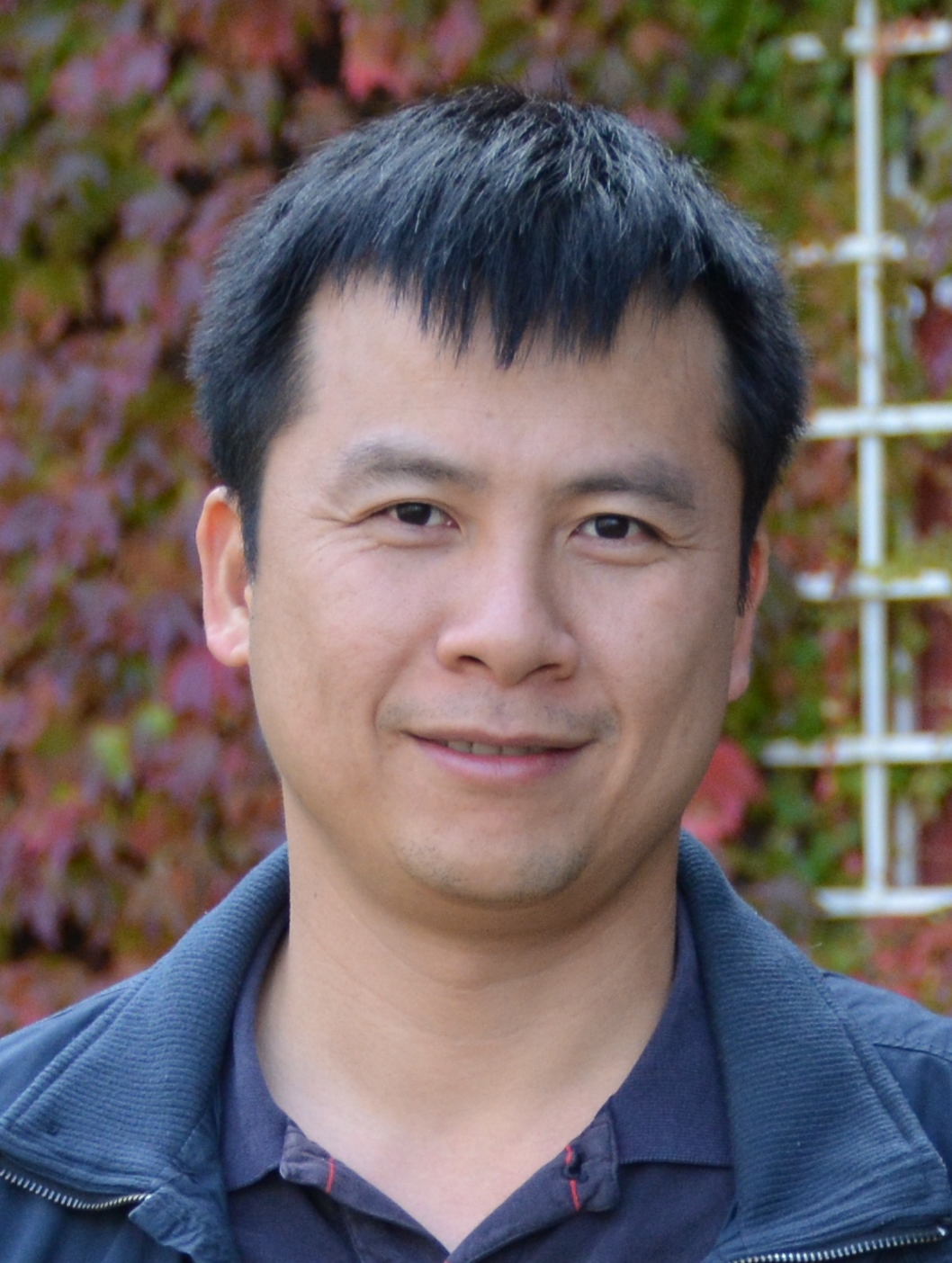Main > NQN20
Dr Nghia Nguyen 
Background -
Research -
Publications
Position: Senior Research Associate
Office Location: BN4-67
Telephone: 01223 746997
E-mail: nqn20 [at] cam.ac.uk
Background
Nghia Nguyen received his Ph.D. degree in Electrical and Computer Engineering from
University of Illinois at Urbana-Champaign in 2012. His dissertation topic was objective assessment of ultrasound image quality. He was a Postdoctoral Research Associate at
Los Alamos National Laboratory from 2012-2014, where he developed ray-tracing methods for ultrasound tomography. Since 2014, he has been a Senior Research Associate in
Medical Imaging Group at the
University of Cambridge (UK). His research interests include signal and image processing, ultrasound medical imaging and beamforming, ultrasound tomography, inverse problem, and machine learning.
Research Projects
Objective Assessment of Ultrasound Image Quality
This is an NIH-funded project and lay at the intersection of diverse areas, including image science, ultrasound imaging, signal processing, and visual psychophysics for evaluating imaging system. In this work, we developed methods for expressing common diagnostic features of breast tumors as statistical equations, so that we could compute the test statistic of the ideal observer from log-likelihood ratios that are unique to each clinical examination. We then obtained mathematical approximations to the exact test statistic expressions that could be implemented in signal processing algorithms and applied to the echo imaging data. This approach was shown to enhance the information content of the data on the final B-mode images that helps improve human observer performance.
Ultrasound Tomography
This is a project on breast ultrasound tomography imaging, conducted at Los Alamos National Laboratory and funded by Department of Defense (United States). We aimed to develop the next-generation ultrasound technology that combines biomechanical factors of cancer progression with advanced computerized tomography reconstruction techniques to produce a three-dimensional image of the breast, using not X-rays but ultrasound waves. The technology provides three kinds of images, corresponding to the speed, attenuation, and reflectivity of the waves. The goal is to develop a safer and more comfortable imaging device (no ionizing radiation and no need to compress tissues as in mammography) to detect breast cancer in its earliest stages, ultimately boosting the effectiveness of breast cancer screening modalities.
Pixel-based Beamforming
In my work at
Cambridge, we first discover a new way to create ultrasound images that are focused at all depths based on a single standard pulse-echo sequence. Normally, a single ultrasound insonification leads to an image that has optimal resolution only at the transmit focal depth. Complete focused images are conventionally created by mosaicking the best bits of several such sequences. Our new approach requires more sophisticated processing of the data, but results in an image that is fully in focus at all depths by using only a single acquisition. We achieved this by first developing the coherent pixel-based beamformer that generates an image with significant improvements on the lateral resolution. Currently, we are upgrading the beamformer by combining it with some sparse reconstructions for further enhancing image quality in the axial resolution.
Advanced beamformers for Coherent Plane-wave Compounding
Recently, we are developing high-resolution beamforming algorithms for coherent plane-wave compounding, a new ultrasound imaging modality. In our new approach, we analyze each beamformer as a spatial filter that decorrelates signals received at transducer channels before summation. The signal correlation is calculated through its approximation to the spatial coherence, a concept in Fourier Optics. We have reached the first stage by developing Minimum Variance Beamformers that are shown to improve the image quality in both experimental and
in vivo studies. Currently, we continue upgrading the beamfomer for enhancing the contrast resolution with faster data acquisition process.
Other projects in the Medical Imaging Group can be viewed
here.
Publications
A list of publications can be found
here.

